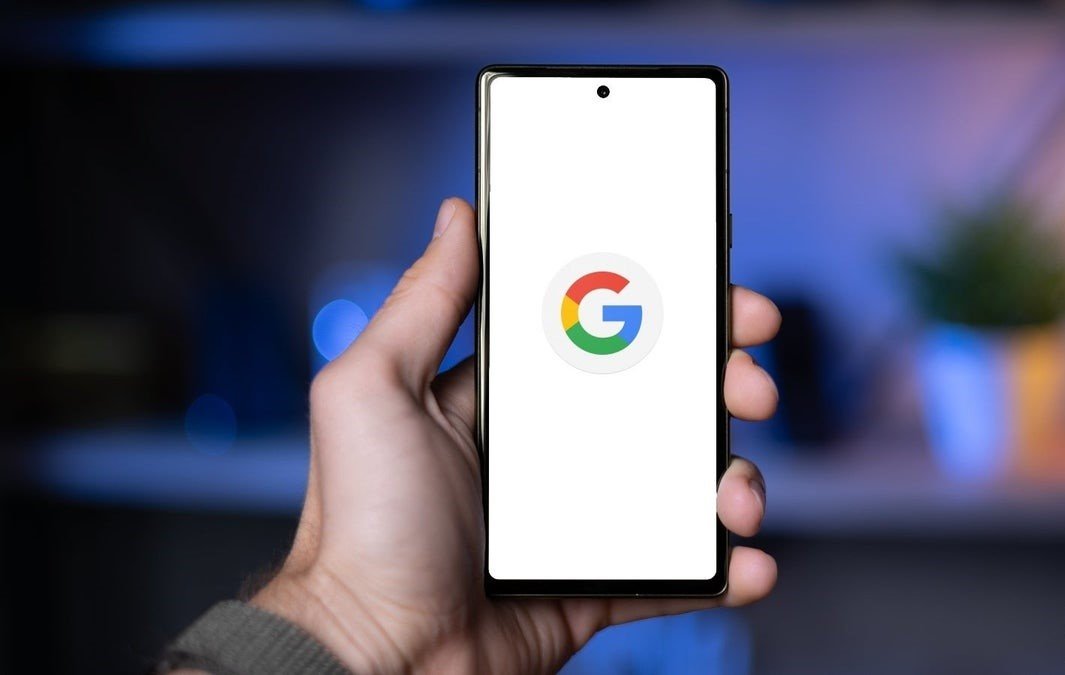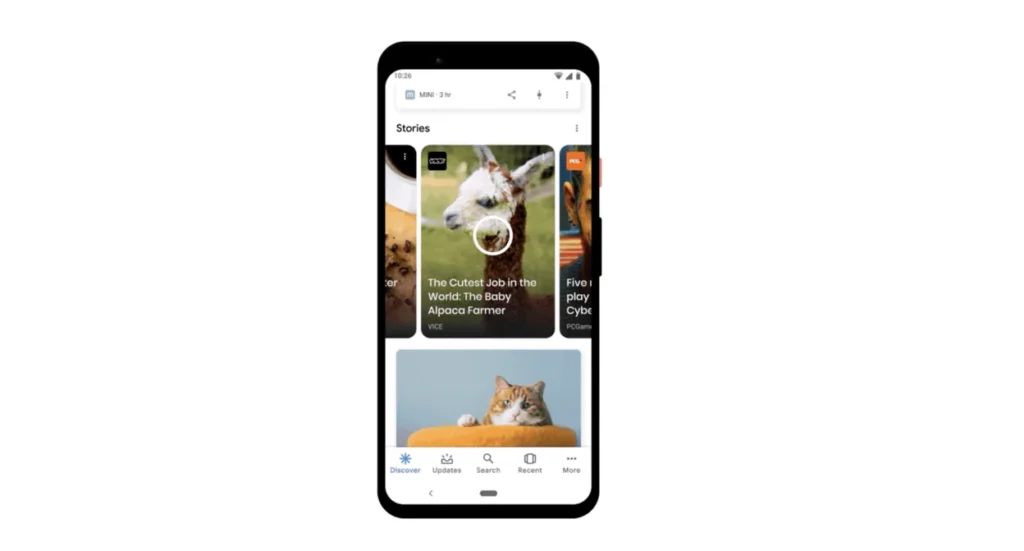Google Brings the Discover ‘Space’ Carousel to More Android Devices
Google Discover is an integral part of the Android ecosystem, helping users stay informed with personalized news and content recommendations. Over the years, Google has refined the Discover feed with various features and enhancements to make it more engaging and interactive. One of the latest additions is the “Space” carousel, which is now rolling out to more Android devices. This update aims to improve content categorization, enhance user experience, and provide a more structured way to explore topics of interest.
Understanding Google Discover and Its Evolution
Google Discover is a personalized content feed available on Android devices, Google’s mobile app, and some web browsers. It curates articles, videos, and other forms of media based on user preferences, browsing history, and engagement patterns. Unlike traditional search, where users actively look for information, Discover proactively presents relevant content.
Since its launch as Google Feed in 2017, Discover has undergone several transformations. Google has continuously introduced new features like topic cards, interactive media previews, and AI-driven content curation. The introduction of the “Space” carousel is another step in enhancing how users interact with their content feeds.
What Is the ‘Space’ Carousel in Google Discover?
The “Space” carousel is a new organizational tool in Google Discover that groups related content under specific categories or themes. Instead of a single, linear list of recommended articles, the feature clusters content into interactive carousels based on topics such as technology, entertainment, sports, health, and more.
For example, if a user frequently reads about artificial intelligence, they might see a dedicated “AI & Machine Learning” space in their Discover feed. Similarly, sports enthusiasts might get a “Football Highlights” space that showcases recent match analyses, player statistics, and trending news.
Key Features of the ‘Space’ Carousel
- Topic-Based Organization: The content is grouped under specific themes, making it easier for users to explore subjects of interest without scrolling endlessly.
- Interactive Navigation: Users can swipe through different categories in a carousel format, making content discovery more engaging.
- Personalization & AI Integration: The topics displayed are tailored to individual preferences using Google’s advanced AI algorithms.
- Content Variety: Each space includes a mix of articles, videos, and other media formats for a richer content experience.
Benefits of the ‘Space’ Carousel for Users
1. Improved Content Discovery
One of the most significant advantages of the ‘Space’ carousel is that it enhances content discovery by presenting information in a structured manner. Users can easily jump between different topics without getting lost in an endless scroll of mixed content.
2. Enhanced User Experience
The structured format makes it easier to find relevant content quickly. Instead of skimming through multiple unrelated posts, users can focus on specific categories they care about the most.
3. Better Engagement & Retention
By presenting content in thematic clusters, Google aims to increase user engagement. When users find well-organized and relevant information, they are more likely to spend time interacting with the Discover feed.
4. More Personalized Recommendations
Google’s AI-powered recommendation system ensures that the spaces shown in the carousel align with user preferences. Over time, the algorithm refines these suggestions based on user interactions.
How the ‘Space’ Carousel Impacts Content Creators
The introduction of this feature also has implications for content creators, publishers, and marketers who rely on Google Discover for traffic. Here’s how it affects them:
1. Increased Visibility for Niche Content
Since the carousel categorizes content into specific themes, niche topics are more likely to get noticed by users genuinely interested in them. This can help smaller publishers reach targeted audiences more effectively.
2. Better Engagement Metrics
With improved content organization, users are more likely to engage with articles, videos, and other media. This means higher click-through rates, longer time spent on pages, and potentially more shares and interactions.
3. Greater Competition for Top Spots
While the ‘Space’ carousel creates opportunities, it also means increased competition among content creators to rank within specific topic clusters. Publishers must optimize their content for Google Discover by using high-quality visuals, engaging headlines, and relevant metadata.
How to Access the ‘Space’ Carousel in Google Discover
The rollout of this feature is gradual, but many Android users are already seeing the changes in their Discover feed. If you haven’t noticed it yet, here’s how you can check:
- Update Google App: Ensure you have the latest version of the Google app installed on your device.
- Open Google Discover: Swipe right on your Android home screen (for supported devices) or open the Google app and navigate to the Discover tab.
- Explore the Feed: Look for topic-based carousels under different content sections.
If you still don’t see the feature, it might not be available in your region or device model yet. Google typically rolls out new features in phases, so it should appear over time.
The Future of Google Discover and Content Personalization
The introduction of the ‘Space’ carousel is a glimpse into the future of content personalization. Google is continuously refining its AI algorithms to make information discovery more intuitive and user-friendly. Here are some potential directions Google Discover might take in the future:
1. More AI-Driven Enhancements
With advancements in AI, we can expect even more refined personalization. Google might introduce predictive features that anticipate user interests based on browsing habits and real-world activities.
2. Integration with Other Google Services
Google Discover could become more integrated with Google Search, YouTube, and Google News to create a seamless content discovery experience across platforms.
3. Enhanced Monetization for Content Creators
Google might introduce more monetization opportunities for publishers through sponsored content, premium articles, or direct integration with Google Ads.
4. Expanded Regional & Language Support
To cater to a global audience, Google may further expand language support and local content recommendations, making Discover even more relevant for diverse users.
Conclusion
Google’s introduction of the ‘Space’ carousel in Discover is a significant upgrade that enhances content organization, user engagement, and personalization. By clustering related content into thematic sections, the feature makes it easier for users to explore topics of interest while also providing new opportunities for content creators to reach their target audience.
As Google continues to refine and expand this feature, it is clear that AI-driven content personalization is the future of digital media consumption. Whether you are a casual reader, a news enthusiast, or a content creator, the ‘Space’ carousel offers an improved way to navigate and interact with information in Google Discover.


